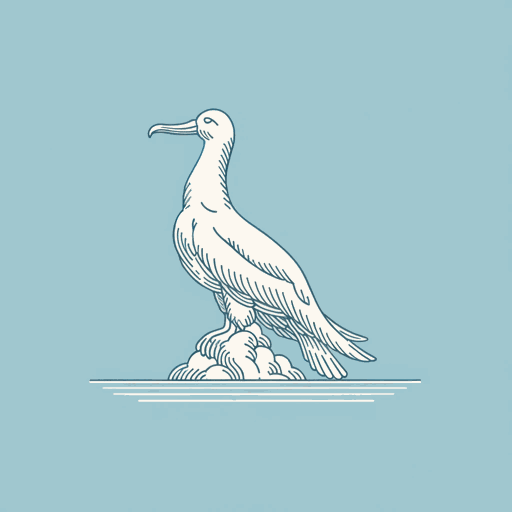46 pages • 1 hour read
Samuel ColeridgeThe Rime of the Ancient Mariner
Fiction | Poem | Adult | Published in 1798A modern alternative to SparkNotes and CliffsNotes, SuperSummary offers high-quality Study Guides with detailed chapter summaries and analysis of major themes, characters, and more. For select classroom titles, we also provide Teaching Guides with discussion and quiz questions to prompt student engagement.
Literary Device Answers
1. C. Words and constructions like “eftsoons” and “wherefore stopp’st thou me” had largely fallen out of use even by the late 18th century (Part 1). Coleridge’s deliberately archaic style reflects the Romantic fascination with the past (especially the Middle Ages) and gives the poem a quasi-mythical or religious feel by evoking texts like the King James Bible.
2. B. Internal rhyme occurs when a word in the middle of a poetic line rhymes either with a word in a different line or with a word in the same line (typically the last). This is an example of the latter, as “unslaked” and “baked” rhyme.
3. A. The repeated “S” sounds (“swiftly,” “ship,” “she,” “sailed,” and “softly”) create a wave-like effect, propelling the reader forward the way the ocean does the ship.
4. C. Most of the poem’s stanzas are quatrains—that is, they contain four lines—though some are longer. More specifically, “The Rime of the Ancient Mariner” frequently uses ballad stanzas, which have an ABCB rhyme scheme and lines of alternating iambic trimeter (i.e. three feet per line) and iambic tetrameter (four feet per line).
5. D. The poem personifies the sun by likening it to a prisoner. This is also an example of simile; the sun looks “as if” it were behind a barred window.


